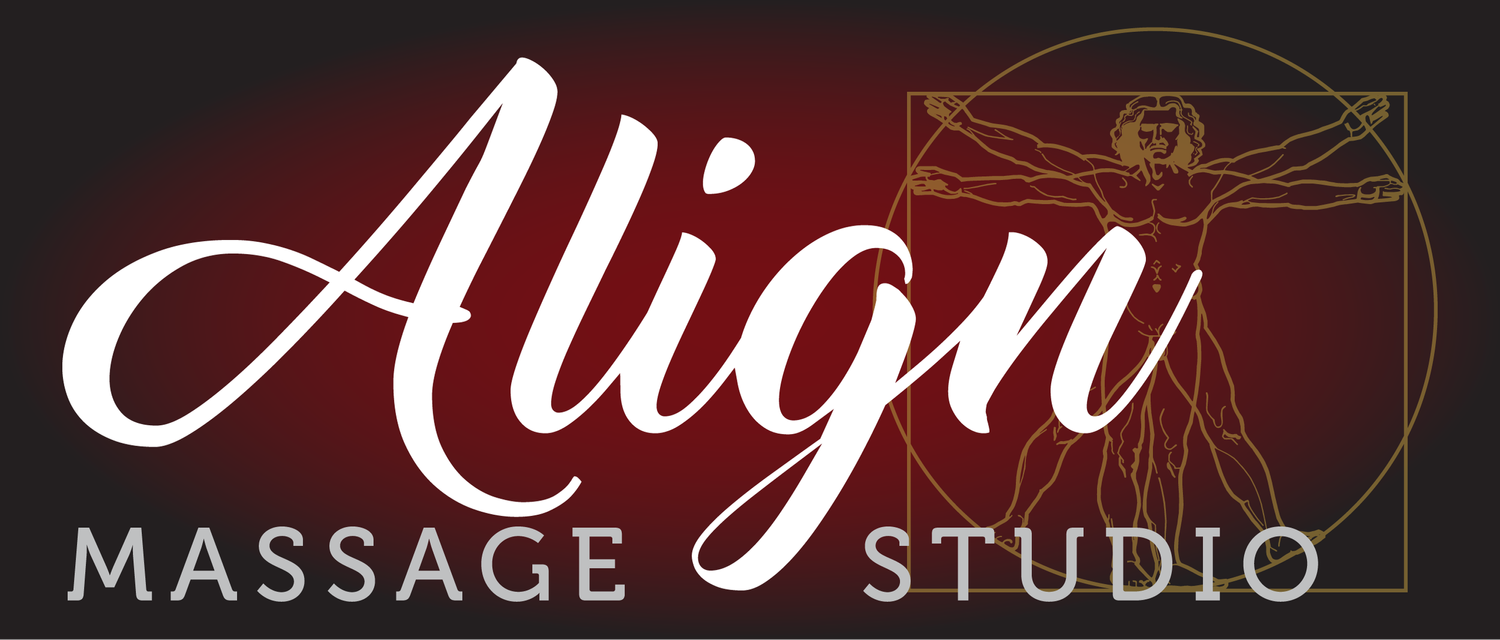Pregnancy Self-Care

Self care during and post pregnancy is vital for the best comfort and security of both mom and the baby. Self care during the first trimester should include calming and restorative techniques to prepare your body for the weeks and months ahead of carrying your little one. As you reach the second trimester you may want to focus on techniques that will support areas that may feel weakened or sore due to the body’s changes and adaptations required for pregnancy. These areas typically include mid and lower back, hips, glutes, and legs. These areas may become strained from carrying extra weight and subsequent forward leaning. As you reach the third and final trimester your body begins to prepare itself for the actual birthing process. This can result in increased pain and tension in all the previous mentioned areas as well as in the abdomen due to the baby taking up more space, the legs and feet due to decreased circulation and even decreased lung capacity. As joints loosen later in the pregnancy, overextension in the extremities and the pelvic region can result in increased pain and tension. Post pregnancy it is important to support those areas that have experienced built up tension throughout the pregnancy and avoiding repetitive positioning and habits that can build up new tension. Your body will be undergoing so many changes it is very important to practice some self care for optimal health and wellness.
-
Regular and frequent exercise is very important during pregnancy. Exercise can help strengthen the muscles most affected by pregnancy and childbirth including those in the pelvic floor, abdomen, and lower back. It can help maintain good respiration, circulation, and posture. Exercise can also ease common discomforts such as constipation, heartburn, shortness of breath, leg cramps, fatigue, swollen ankles, and insomnia. In addition to all of these physical benefits regular exercise can also help decrease mental stress and fatigue. The best exercise during pregnancy should include low-impact aerobic exercise such as walking, cycling, low-impact aerobics, dance, elliptical machines, exercise bikes, and swimming.
-
Proper stretching is very important for relief of pain and tension as well as a way to prepare the body for both labor and birth. Refer to our Stretching section for techniques and videos broken down by areas of the body.
-
There are many forms of non-aerobic exercise that can also be very beneficial during pregnancy including Yoga, Pilates, and Tai Chi. Yoga classes have become a very popular form of exercise and care during pregnancy and can be a wonderful addition to your self care regimen. Most yoga studios, fitness centers, and online platforms can be resources for specific pregnancy yoga classes. Yoga during pregnancy can provide some much needed mental relief and stress reduction in addition to strengthening the core muscles in the abdomen, pelvic floor, back, and the postural muscles. It may also improve flexibility, balance, breathing, and mental focus. Please reference our Yoga section for some yoga routine ideas.
-
The application of ice and heat can be very helpful for pain and tension during pregnancy. The only important things to remember is that heat should always be moist heat and not dry heat such as a heating pad, and heat should never be applied directly to the abdomen as it could be dangerous for the baby. Refer to our Icing and Heating section for more detailed information.
-
You may often experience frequent headaches and migraines during pregnancy due to hormonal changes, physical and emotional stress, or simply from tight and painful upper back, shoulder, and neck muscles. You may experience these even if you normally did not experience them pre-pregnancy. Refer to our Headache / Migraine section for a full list of techniques, tips, and suggestions.
-
You may experience pain, tension, or swelling in the legs and feet, especially later in the pregnancy due to decreased circulation. Various leg and foot techniques can help to reduce tension and bring some much needed relief and comfort. Refer to our Plantar Fasciitis Resources section for a full list of techniques, tips, and suggestions for care to these areas.
-
Arms and hands can carry a lot of extra tension during pregnancy. This can stem from tight muscles in the shoulders, upper back, and neck. Some also experience pregnancy induced carpal tunnel symptoms which can be alleviated with stretching and self care techniques. Refer to our Arm & Hand section for a full list of techniques, tips, and suggestions for care to these areas.
-
Taking time for YOU and escaping from the constant stress, mental exhaustion, and lack of sleep during pregnancy can be tough but taking the time to do so has countless benefits for both you and the precious cargo you are carrying. Meditation, deep breathing techniques, and listening to relaxing music can be great places to start. Refer to our Meditation section for a full list of techniques, tips, and suggestions for meditative care.

